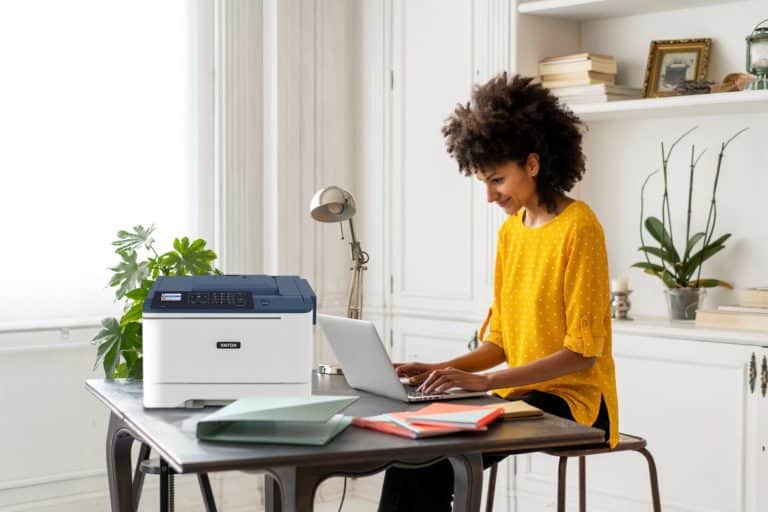Why they are important?
The International Organization for Standardization (ISO) announced yield testing and reporting standards for Monochrome Xerographic Engines under ISO/IEC 19752 in June 2004. Standards for Color Xerographic Engines were also announced under ISO/IEC 19798 and ISO/IEC 24711 in December of 2006. These standards are important to ensure that toner or ink yield reporting by different manufacturers will adhere to the same testing processes, making yields comparable across different products and manufacturers. This helps you evaluate consumable use and cost for printers or multifunction printers that you may be considering.
How are yields calculated?
A minimum of three printers or MFPs are tested, using a minimum of three toner cartridges per device. Toner cartridges are purchased in the open market from multiple sources and, for newly developed printers or MFPs, cartridges should be sourced from different production lots. Testing nine samples of each toner cartridge produces lowest predicted yield estimates with 90% statistical significance.
A single page is used for testing. Area coverage on the page is just below 5%. Pages are printed in a semi-continuous print mode, stopping for paper reload only.
Printers or MFPs are set up according to manufacturer instructions using default drivers and settings. New printers must run through one complete toner cartridge before starting the test.
Testing must be done in an environment where temperature and humidity can be maintained within acceptable parameters set by the manufacturer of the printer. Most printers require a Temperature Range of 23ºC ± 2ºC (73ºF ± 4ºF) and a Humidity Range: 50% ± 10% RH
The ISO/IEC yield is a comparative statistic and not predictive. The number of pages that you will get for your own applications will depend on many factors, with page coverage having the highest impact on yield. Research has shown that the industry average black-and-white page coverage is between 4% and 5%. There is a relationship between page coverage and toner yield—the lower the page coverage, the more pages the toner will yield. Conversely, higher coverage pages result in lower toner yields.
Where can you find out more?
We provide testing data and results on the ISO Testing reports page. The Printer and Multifunction Consumable Yields document offers the information about the process of testing yields and what they mean. The document also includes information on what affects the yield totals.
We hope you find this information helpful in choosing the best printer or MFP for your budget and business needs.



